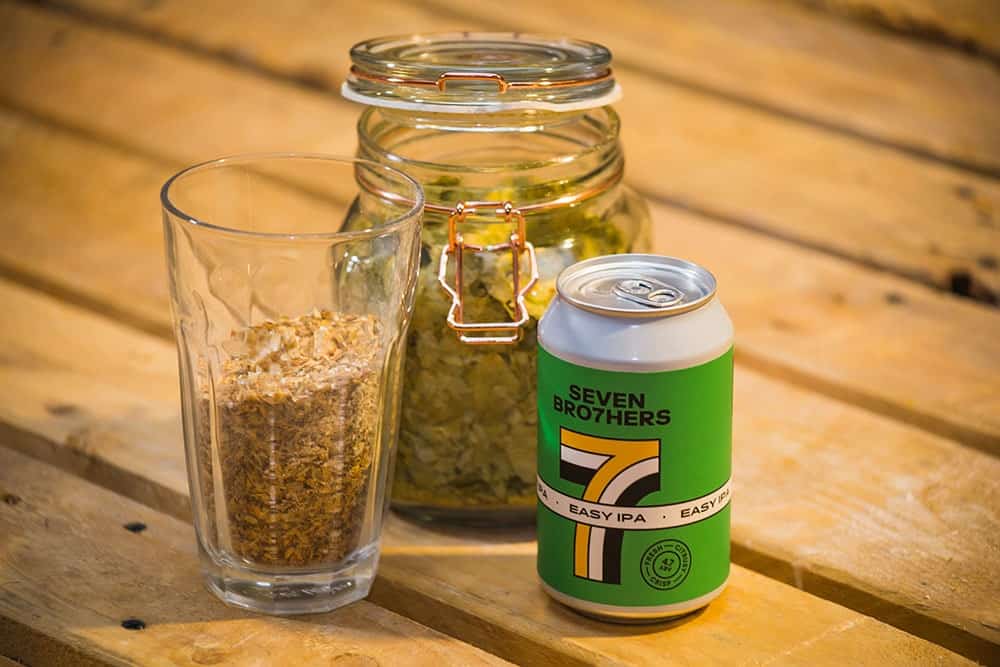IPA, often seen, often misunderstood. The world of IPA is a varied one, with an evolving palette of flavours. Some love it, some don’t, and anyone who knows their beer will certainly have an opinion on it.
What is an IPA?
First of all, let’s define it: it’s an India Pale Ale.
Why India, you ask? Back in the 1780s, the first IPA brewers upped the hop count of their traditional beer for logistical reasons. These new brews were beers that could survive the journey from Britain to the Indian part of the British Empire. When they arrived after the 6-month journey, they found a noticeable improvement in taste. And so the IPA was born.
The advent of refrigeration killed off demand, but a resurrection in the 1970s US craft brewing scene gave it a second life with a refined appreciation for taste. The Pale Ale was dialled up a notch and its stronger taste gave it a new lease of life.
It’s only been in the last 5-10 years that we’ve seen them appear in pubs and bars across the UK, partly because of the craft ale movement, and we’re now seeing a vibrant, experimental IPA scene with all sorts of varieties.
What colour is an IPA?
The colour of IPAs is usually light and golden, and they’re best served cold – ideally 2-4 degrees C, but personal preferences vary. (Taking some cans home? Stick ‘em in the fridge, and leave them out for ten minutes before drinking.)
You might occasionally spot Double IPAs (DIPAs) and Imperial IPAs – these are made with higher concentrations of hops and malt. These have richer tastes and higher ABV measures, often going over 7%. Careful now!
What does IPA taste like?
If you’re wondering what an IPA tastes like, you might just have to taste it and find out! There are lots of flavours in an IPA, and lots of varieties. You’d usually expect a bitter, hoppy taste in a classic IPA, with an occasional note of sweetness. Our Easy IPA is crisp, aromatic, bittery – of course – and it’s also fruity.
There’s an abundance of styles in the IPA world – some familiar varieties might be West Coast, Belgian, British, New England, Oat, Milkshake, Sour, Fruit, Session, and more. Or, of course – just plain IPA.
How strong is IPA?
Strength-wise, they tend towards the upper end of the scale. We’re talking between 5% and 6%, usually, although it can vary. These are trends, not rules, and it’s a rather broad category of beer. Our Easy IPA is 4.7%, whereas it's older brother, Juicy IPA, is 6.0%.
The higher strength and richer tastes of IPAs mean they aren’t ideal for chugging barrel after barrel, take your time and enjoy the flavours for the best experience.
Freshest is best for IPAs
The abundance of IPA styles is fantastic, it keeps us on our toes and inspires new ideas every day. This does mean, however, that some less-reputable brewers can be prone to rushing out new batches without proper quality measures, which means not every IPA deserves the name. Freshness is really important for IPAs, and the more recently it’s been brewed, the better. The condition of the equipment and precision of the brewing process are both critical in keeping things fresh.
